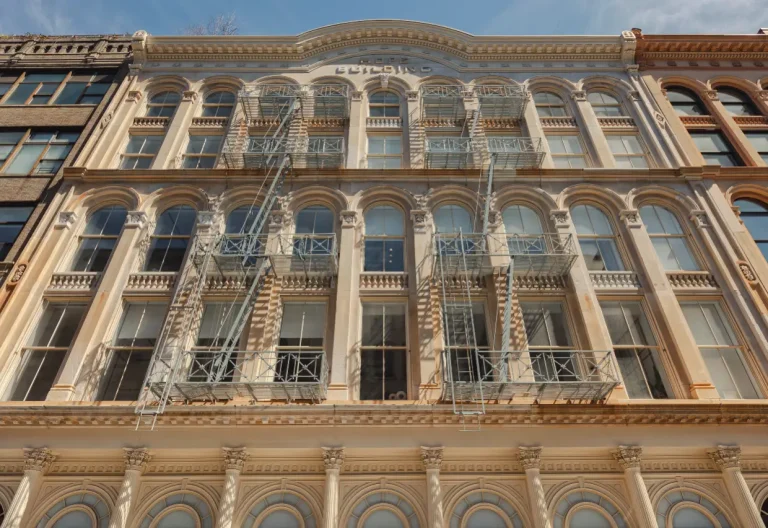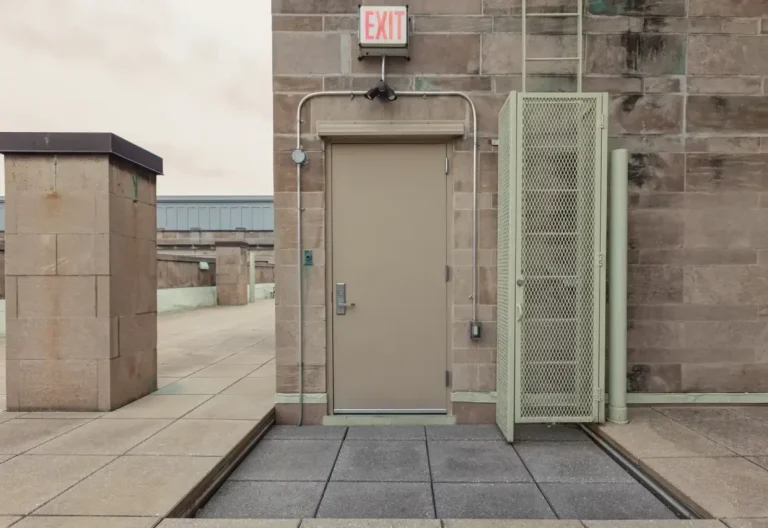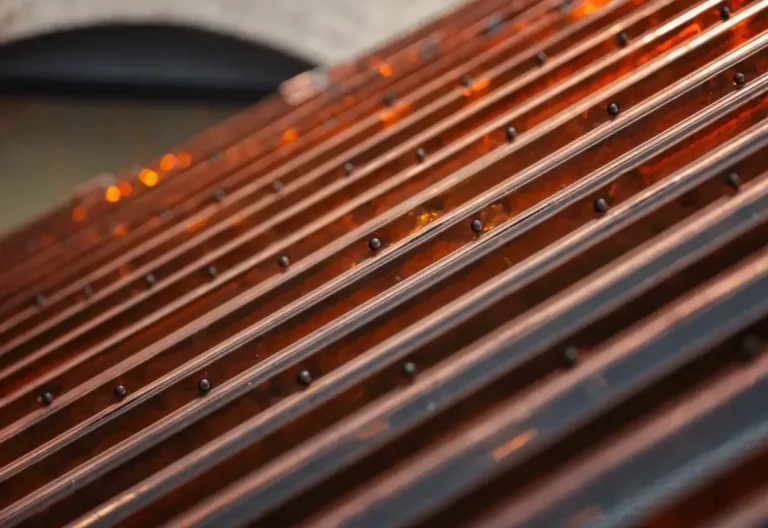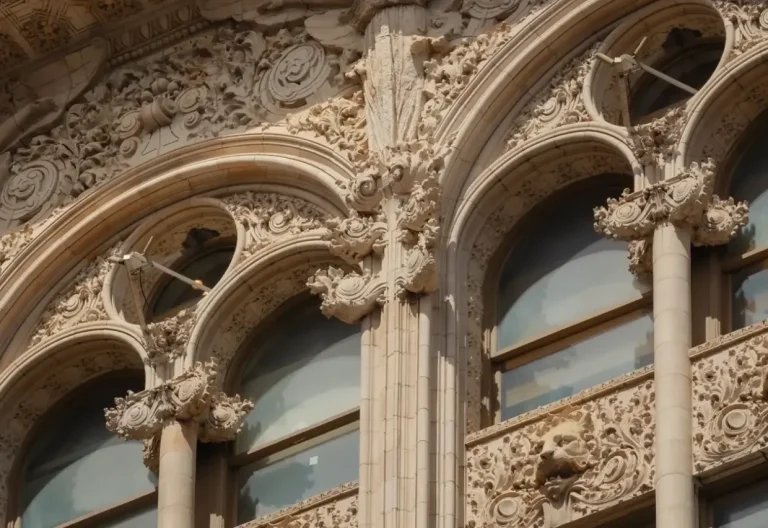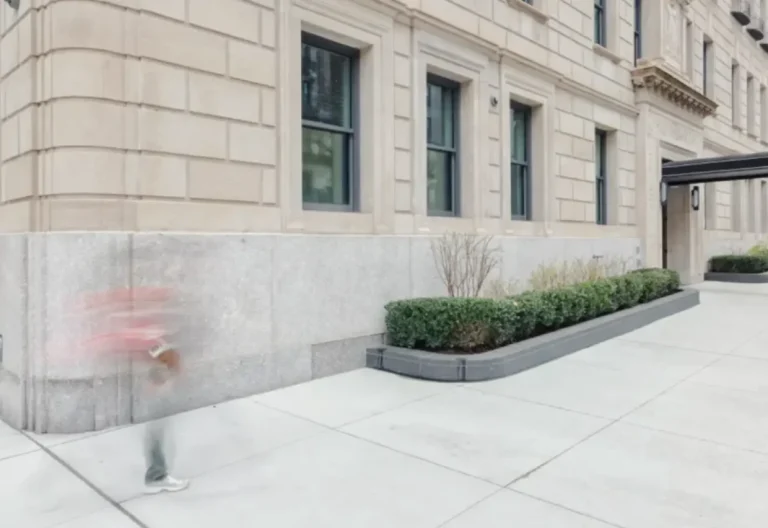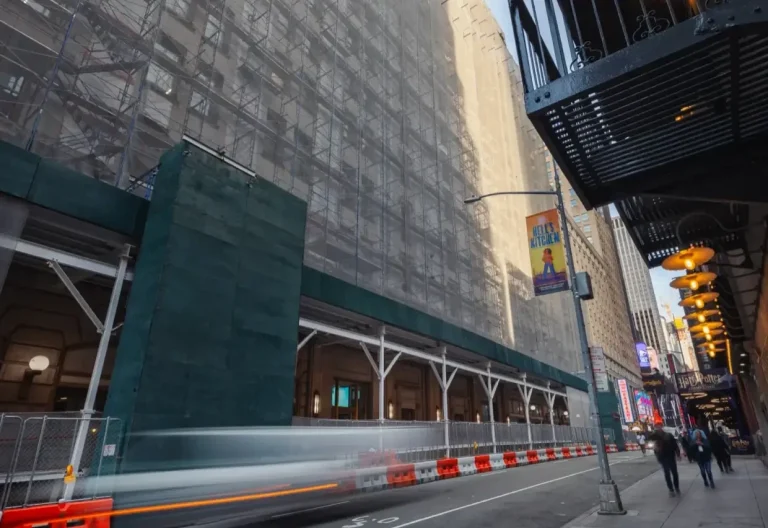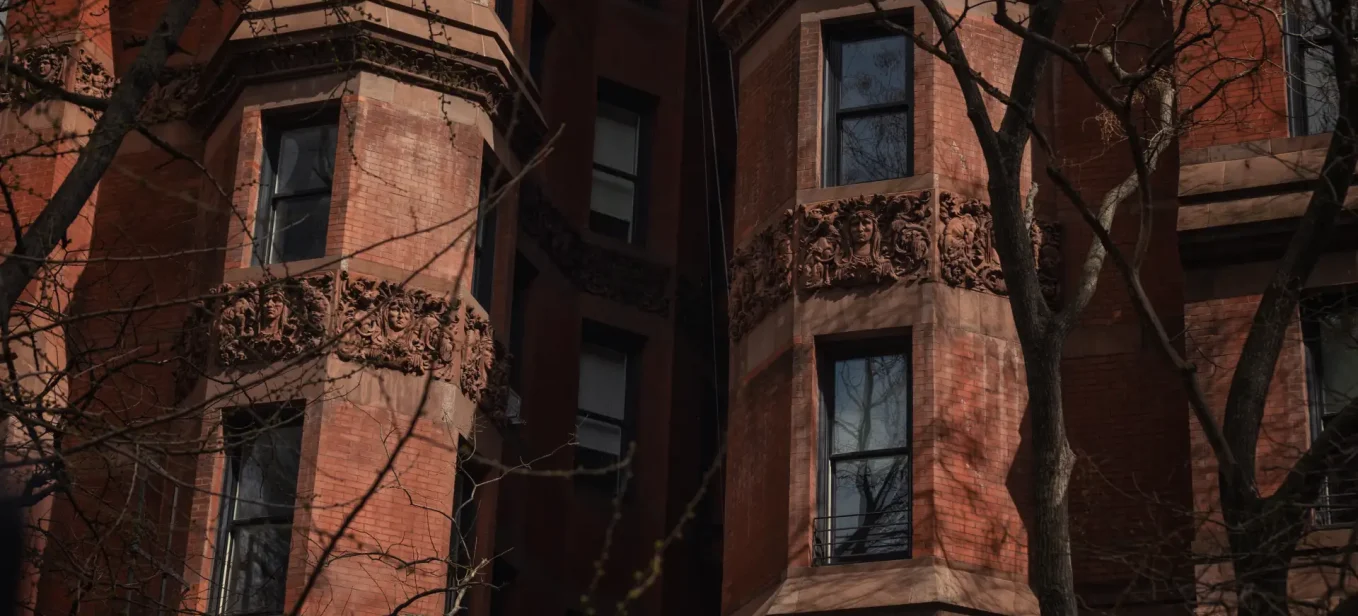
Common Facade Issues in Local Law 11 Inspections
- By: Nova Construction Team
- Published:
- Updated: December 2, 2025
New York City's skyline is a testament to architectural brilliance, but maintaining these towering structures is an ongoing challenge.
Local Law 11, also known as the Facade Inspection and Safety Program (FISP), plays a crucial role in ensuring the safety and integrity of buildings over six stories tall.
Understanding common facade issues can help building owners and managers prevent costly repairs and ensure compliance with this important regulation.
Structural Integrity Issues
The backbone of any building is its structural integrity. During Local Law 11 inspections, Qualified Exterior Wall Inspectors (QEWI) pay close attention to signs of structural compromise.
The most commonly found structural issues include:
- cracks in masonry or concrete
- bulging or displaced bricks
- corrosion of steel lintels or shelf angles
- settlement issues
Cracks can range from hairline fractures to more significant fissures that indicate underlying problems.
Bulging or displaced bricks are other serious concerns. This issue can occur due to water infiltration, freeze-thaw cycles, or structural movement. Left unchecked, it can lead to partial facade collapse, posing a severe safety risk to pedestrians and occupants alike.
Corrosion of steel lintels or shelf angles is a less visible but equally critical issue. These metal components support the masonry above windows and doors. When they corrode, they expand, causing brick displacement and potential instability.
Settlement issues, while less common in established buildings, can still occur. Uneven settlement can lead to cracks, misaligned windows and doors, and, in severe cases, compromise the building’s overall structural integrity.
Water Damage and Deterioration
Loose or Unsafe Components
During a Local Law 11 inspection, QEWIs check for any components that could pose a falling hazard.Key areas of concern include:
- loose bricks or stones
- unstable balcony railings
- improperly secured air conditioning units
- loose or detached decorative elements
Loose bricks or stones are immediate red flags, often resulting in an “Unsafe” classification if not addressed promptly.
Unstable balcony railings are another critical safety concern. Years of exposure to the elements can weaken connections and compromise the integrity of these essential safety features.
Improperly secured air conditioning units, if not correctly installed and maintained, can pose a significant risk to pedestrians below.
Loose or detached decorative elements, while often overlooked, can become dangerous projectiles during high winds. Inspectors pay close attention to cornices, pediments, and other ornamental features to ensure they’re securely attached.
Window and Door Problems
Windows and doors are vulnerable points in a building’s envelope. Sealant failure around these openings can lead to water infiltration, potentially causing extensive damage to both the facade and interior spaces.
Frame deterioration, particularly in older buildings with wooden frames, is a common issue that can compromise the weather-tight seal of these openings.
Glass issues, such as cracks or improper installation, are also carefully noted during inspections. These problems can pose safety risks and lead to energy inefficiency.
Balcony and Terrace Defects
Balconies and terraces require special attention during Local Law 11 inspections. Potential unsafe conditions created by these include:
- concrete deterioration
- railing instability
- drainage issues
- waterproofing failures
Concrete deterioration on these structures can be particularly dangerous, as they’re directly exposed to the elements and bear significant weight.
The NYC Department of Buildings (DOB) recommends thoroughlychecking exterior walls and appurtenances regularly to avoid extensive concrete deterioration.
Cornices and Parapets
The uppermost parts of a building’s facade often face the harshest conditions.
Cornices and parapets are vulnerable to water damage and material deterioration. Structural instability in these elements threatens public safety, as their height makes them especially dangerous if they were to fail.
Fire Escapes
While not part of the facade itself, fire escapes are crucial safety features that fall under Local Law 11 inspection.
Corrosion is a common issue, particularly in older buildings. Inspectors check for loose or missing components and ensure that the fire escape is securely attached to the building facade.
Got a project in mind? Let's chat about bringing your construction vision to life!
Compliance With Local Law 11 Requirements
The key to avoiding costly repairs and ensuring compliance with Local Law 11 is prevention and proactive maintenance.Regular physical inspections, even beyond those mandated by law, can catch issues early before they develop into major problems.
Addressing SWARMP (Safe With a Repair and Maintenance Program) conditions as soon as possible will help you meet inspection requirements issued by the New York City Department of Buildings (DOB).
Early intervention not only ensures safety but also offers significant cost savings in the long run.Minor repairs are invariably less expensive than major restoration projects or emergency interventions.

